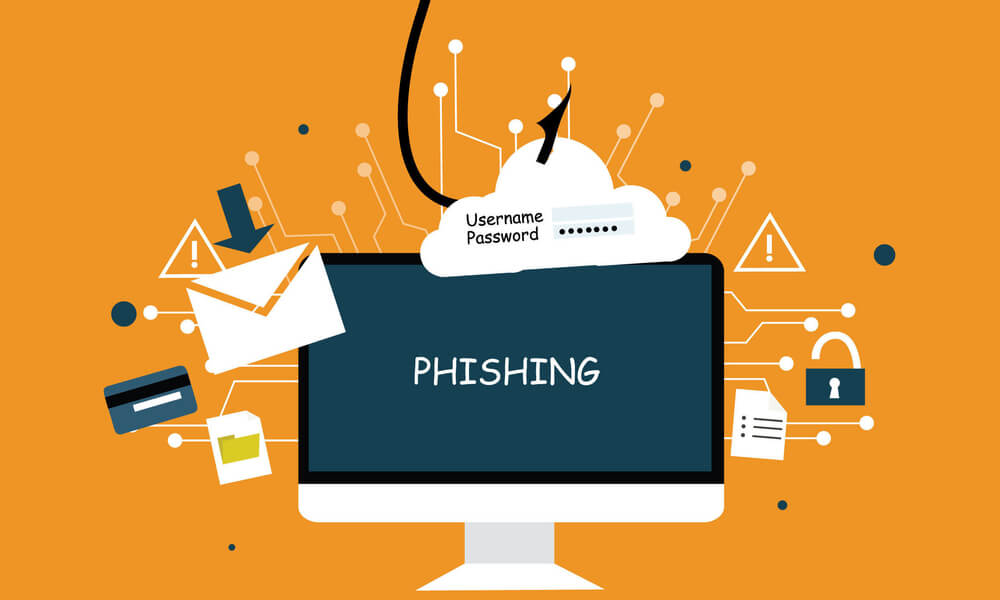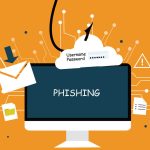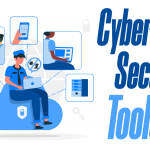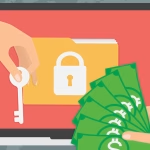In today’s digital world, phishing remains one of the most dangerous and widespread forms of cybercrime. Despite advanced security tools, millions of people and organizations still fall victim to phishing every year, leading to data theft, financial loss, and identity fraud. In this blog, we’ll explore what phishing attacks are, how they work, the different types of phishing, and most importantly, how you can detect and prevent them using best cybersecurity practices.
Table of Contents
What Is a Phishing Attack?
A phishing attack is a cybercrime where hackers impersonate trusted individuals or organizations to trick victims into revealing sensitive information like passwords, credit card numbers, or banking details. The term “phishing” is derived from “fishing,” because cybercriminals “bait” victims into clicking malicious links or opening fraudulent emails.
Phishing can happen through emails, text messages, phone calls, or even fake websites designed to look like legitimate ones.
How Phishing Attacks Work
Phishing attacks generally follow a simple but effective process:
- Bait Creation: The attacker crafts a convincing message, often mimicking a known company (like PayPal, Google, or Microsoft).
- Hook Delivery: The message is sent via email or text to potential victims.
- Deception: The message includes a malicious link or attachment that urges the user to take immediate action like “verify your account” or “reset your password.”
- Data Capture: Once the victim clicks the link, they’re redirected to a fake website where their personal data is collected.
- Exploitation: The hacker uses the stolen information to access accounts or perform financial fraud.
Common Types of Phishing Attacks
- Email Phishing: The most common form, where fake emails look identical to legitimate messages from companies or colleagues.
- Spear Phishing: Targeted phishing aimed at specific individuals, often using personal data to appear more credible.
- Whaling: Focuses on high-profile targets such as CEOs or executives.
- Smishing: Phishing through SMS messages with malicious links.
- Vishing: Voice phishing, where attackers call victims pretending to be from trusted institutions.
- Clone Phishing: Replicates a legitimate email but replaces its links or attachments with malicious ones.
Real-World Example
In 2023, a major global bank reported a massive phishing campaign where fake “account verification” emails were sent to thousands of customers. The phishing website was nearly identical to the real bank’s login page, and within hours, sensitive financial data was stolen. This demonstrates how sophisticated and believable phishing attacks have become.
How to Detect a Phishing Email
- Check the Sender’s Address: Look carefully at the domain name. For example, support@micr0soft.com (with a zero) is fake.
- Look for Grammatical Errors: Legitimate organizations rarely send emails with spelling or grammar mistakes.
- Inspect URLs Before Clicking: Hover over links to see the actual URL. Avoid suspicious domains or shortened links.
- Be Wary of Urgent Requests: “Act now” or “Your account will be closed” messages are classic phishing tactics.
- Avoid Downloading Unknown Attachments: These may contain malware or ransomware.
- Use Multi-Factor Authentication (MFA): Even if credentials are stolen, MFA adds an extra layer of protection.
How to Prevent Phishing Attacks
- Educate Yourself and Your Team: Regular cybersecurity awareness training is essential.
- Use Advanced Email Filters: Tools like Google Workspace, Microsoft Defender, or Proofpoint can detect and quarantine suspicious messages.
- Install Anti-Phishing Extensions: Browser extensions can flag malicious sites before you visit them.
- Keep Software Updated: Regular updates patch known vulnerabilities that attackers exploit.
- Verify Before Acting: If an email asks for sensitive information, contact the sender through official channels before responding.
- Report Suspicious Emails: Most email platforms allow you to report phishing attempts helping protect others.
The Role of AI in Detecting Phishing
Modern cybersecurity systems use Artificial Intelligence (AI) to analyze thousands of emails per second, detect unusual patterns, and block potential phishing messages automatically. Machine learning algorithms can even adapt to new tactics as attackers evolve.
Useful Resources
- Google Safety Center – Phishing Protection
- Cybersecurity & Infrastructure Security Agency (CISA)
- Microsoft Phishing Awareness Guide
Final Thoughts
Phishing attacks continue to evolve, but awareness remains the most powerful defense. By staying vigilant, verifying messages, and following proper cybersecurity hygiene, you can drastically reduce the risk of becoming a victim. Remember always think before you click, and never share personal information through unsolicited messages.
Also Check Top 10 Cybersecurity Tools Every Ethical Hacker Should Know











1 thought on “Phishing Attacks – Prevent Email Scams – Ultimate Guide 2025”